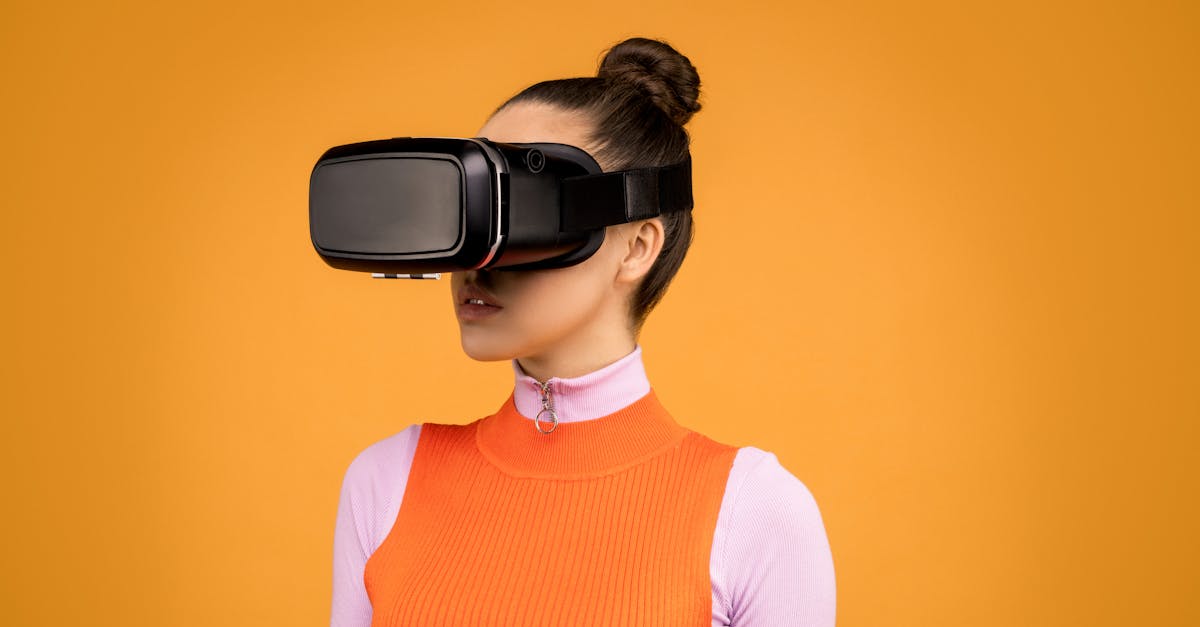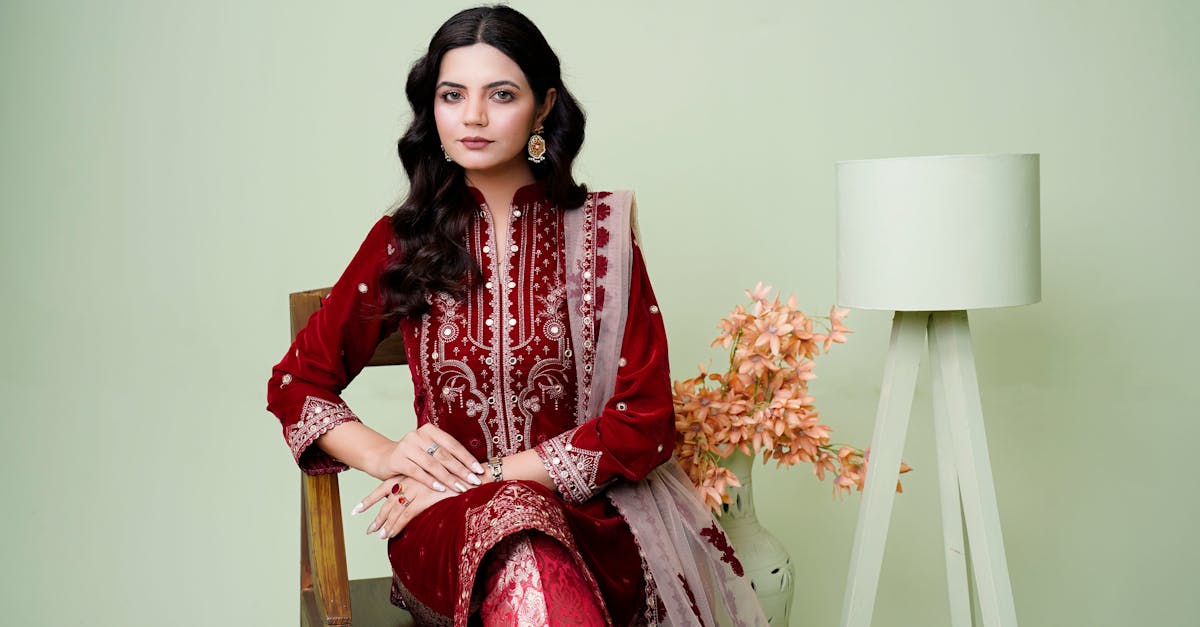How Tech Trends Influence Fashion and News
Introduction
In the age of rapid technological advancement, the fashion and news industries are undergoing transformative changes. New tech trends are not just surfacing but are fundamentally redefining how consumers engage with fashion and consume news. From smart fabrics to augmented reality, blockchain to artificial intelligence, these innovations are reshaping traditional practices and creating new opportunities for growth and engagement. This article delves into the profound influences of these technologies on these age-old spheres, exploring how they are revolutionizing consumer experiences, enhancing transparency, and driving sustainability. As technology continues to evolve, the fashion and news industries must adapt to stay relevant, emphasizing innovation while preserving ethical standards.
Advertisement
Rise of Smart Fabrics in Fashion
Smart fabrics are becoming increasingly prevalent in the fashion industry, marking a significant shift in how clothing is designed and used. These innovative materials integrate electronic components, such as sensors and conductive fibers, allowing them to adapt to environmental changes or monitor vital body stats. For instance, smart fabrics can regulate temperature, track heart rate, or even detect UV exposure, making them ideal for sportswear, health monitoring, and everyday clothing.
In sportswear, brands like Nike and Under Armour are leveraging smart fabrics to create garments that enhance athletic performance. These fabrics can monitor muscle activity, track hydration levels, and provide real-time feedback to athletes. In healthcare, smart clothing is being used to monitor patients' vital signs, offering a non-invasive way to collect health data. Even in everyday fashion, smart fabrics are making waves, with jackets that charge your phone or dresses that change color based on your mood.
The rise of smart fabrics is not just about functionality; it’s also about redefining consumer expectations. As these materials become more mainstream, they are changing how consumers perceive traditional fashion, blending style with cutting-edge technology to create a new category of wearable innovation.
Advertisement
Augmented Reality Enhances Shopping
Augmented Reality (AR) technology is transforming the shopping experience, offering consumers a new way to interact with fashion. Fashion brands are now developing AR-powered apps that allow customers to virtually try on clothes, accessories, and even makeup from the comfort of their homes. This technology enhances the online shopping experience by reducing uncertainty, leading to higher consumer satisfaction and fewer returns.
For example, brands like Gucci and Sephora have introduced AR features that let users see how a pair of sunglasses or a lipstick shade would look on them before making a purchase. This not only boosts consumer confidence but also creates a more engaging and interactive shopping experience. AR is also being used in physical stores, where mirrors equipped with AR technology allow shoppers to try on multiple outfits without changing clothes.
The impact of AR extends beyond convenience; it’s also driving innovation in marketing and branding. By offering immersive experiences, fashion brands can connect with consumers on a deeper level, creating memorable interactions that foster brand loyalty. As AR technology continues to advance, its applications in fashion are expected to grow, further blurring the lines between the physical and digital shopping worlds.
Advertisement
The Impact of Blockchain in News and Fashion
Blockchain technology is emerging as a revolutionary force in both the fashion and news industries. In fashion, blockchain is being used to tackle counterfeiting, enhance supply chain transparency, and ensure product authenticity. Luxury brands like Louis Vuitton and Burberry are leveraging blockchain to create digital certificates of authenticity for their products, allowing consumers to verify the origin and history of their purchases.
In the news industry, blockchain offers a decentralized platform that can combat fake news and ensure the credibility of journalism. By creating immutable records of news stories, blockchain technology can help verify the accuracy of information and hold media outlets accountable. This is particularly important in an era where misinformation spreads rapidly, and trust in traditional media is declining.
Blockchain’s potential extends beyond transparency; it also offers new opportunities for monetization. For instance, news organizations can use blockchain to create micro-payment systems, allowing readers to pay for individual articles rather than subscribing to entire publications. This could democratize access to quality journalism and provide a sustainable revenue model for news outlets.
Advertisement
Artificial Intelligence Curates Content
Artificial Intelligence (AI) is playing a pivotal role in both the fashion and news industries, helping brands and organizations better understand consumer behavior. In fashion, AI analyzes trends, consumer preferences, and purchase histories to suggest tailored content and personalized recommendations. This not only enhances the shopping experience but also drives sales by offering products that align with individual tastes.
For example, e-commerce platforms like Amazon and ASOS use AI algorithms to recommend products based on browsing history and past purchases. Similarly, fashion brands are using AI to predict trends and optimize inventory, ensuring they meet consumer demand without overproducing.
In the news industry, AI is being used to curate content and deliver personalized news feeds. Platforms like Google News and Apple News leverage AI to analyze user behavior and suggest articles that match their interests. This not only keeps readers engaged but also helps news organizations reach a broader audience.
AI is also being used to automate content creation, with tools like ChatGPT generating news articles and fashion reports in real-time. While this raises questions about the role of human journalists and designers, it also offers new opportunities for efficiency and innovation.
Advertisement
Social Media Influences and Rapid News Propagation
The advent of social media platforms has drastically changed how news is disseminated and how fashion is marketed. Platforms like Instagram, TikTok, and Twitter have become powerful tools for instant communication, allowing brands and news outlets to reach a global audience in real-time.
In fashion, social media influencers have become key players, shaping trends and driving consumer behavior. Brands collaborate with influencers to promote their products, creating a direct line of communication with their target audience. This has democratized fashion marketing, allowing smaller brands to compete with established players.
In the news industry, social media has transformed how stories are shared and consumed. Breaking news often spreads faster on Twitter or Facebook than through traditional media outlets, making social media a critical tool for journalists. However, this rapid propagation also poses challenges, as misinformation can spread just as quickly.
Despite these challenges, social media offers unparalleled opportunities for engagement and interaction. By leveraging these platforms, both fashion brands and news organizations can build stronger connections with their audiences, fostering loyalty and trust.
Advertisement
3D Printing Revolutionizes Design and Production
3D printing is altering traditional manufacturing processes in the fashion industry, offering new possibilities for design and production. Designers can now create intricate, customized designs quickly and efficiently, reducing the time and cost associated with traditional methods. This technology also allows for greater creativity, as designers are no longer constrained by the limitations of conventional manufacturing.
For example, brands like Adidas and Nike are using 3D printing to create customized footwear, offering consumers a unique product tailored to their needs. In high fashion, designers like Iris van Herpen are using 3D printing to create avant-garde pieces that push the boundaries of traditional design.
3D printing also promotes sustainability by minimizing waste. Unlike traditional manufacturing, which often involves cutting and sewing fabric, 3D printing builds garments layer by layer, using only the material needed. This not only reduces waste but also allows for more efficient use of resources.
As 3D printing technology continues to advance, its applications in fashion are expected to grow, offering new opportunities for innovation and sustainability.
Advertisement
Virtual Reality Offers Immersive Experiences
Virtual Reality (VR) is now being used to create immersive experiences in both fashion shows and news coverage. In fashion, VR allows consumers to attend virtual runway shows, offering a front-row experience from anywhere in the world. This not only expands access but also creates new opportunities for engagement and interaction.
For example, during the COVID-19 pandemic, many fashion brands turned to VR to host virtual fashion shows, allowing them to reach a global audience despite travel restrictions. These virtual events often include interactive elements, such as the ability to view garments from different angles or access additional information about the collection.
In the news industry, VR is being used to offer immersive reporting experiences, taking viewers inside stories as they unfold. For instance, news organizations like The New York Times have used VR to transport viewers to conflict zones or natural disaster sites, creating a deeper understanding of the events.
By offering immersive experiences, VR is transforming how consumers engage with both fashion and news, creating new opportunities for storytelling and interaction.
Advertisement
Data Privacy and Ethical Considerations
With the rapid integration of technology, questions around data privacy and ethics have become increasingly important. As fashion and news companies gather substantial consumer data, they must ensure transparency and safeguard user privacy. This is particularly critical in an era where data breaches and misuse are common concerns.
In fashion, the use of AI and smart fabrics raises questions about how consumer data is collected and used. For example, smart clothing that monitors health data must ensure that this information is stored securely and used ethically. Similarly, news organizations must be transparent about how they collect and use data to personalize content.
Trust and ethical considerations are imperative in maintaining consumer loyalty. Brands and organizations that prioritize data privacy and ethical practices are more likely to build long-term relationships with their audiences.
Advertisement
Conclusion
In summary, the latest technological trends are significantly transforming the fashion and news industries, shaping consumer experiences and expectations. From smart fabrics and augmented reality to blockchain and artificial intelligence, these innovations are revolutionizing traditional practices and creating new opportunities for growth and engagement. As technology continues to evolve, these sectors must adapt to stay relevant and competitive, emphasizing innovation while preserving ethical standards. The synergy of tech and commerce continues to redefine the future landscape for consumers and businesses alike, offering exciting possibilities for the years to come.
Advertisement








